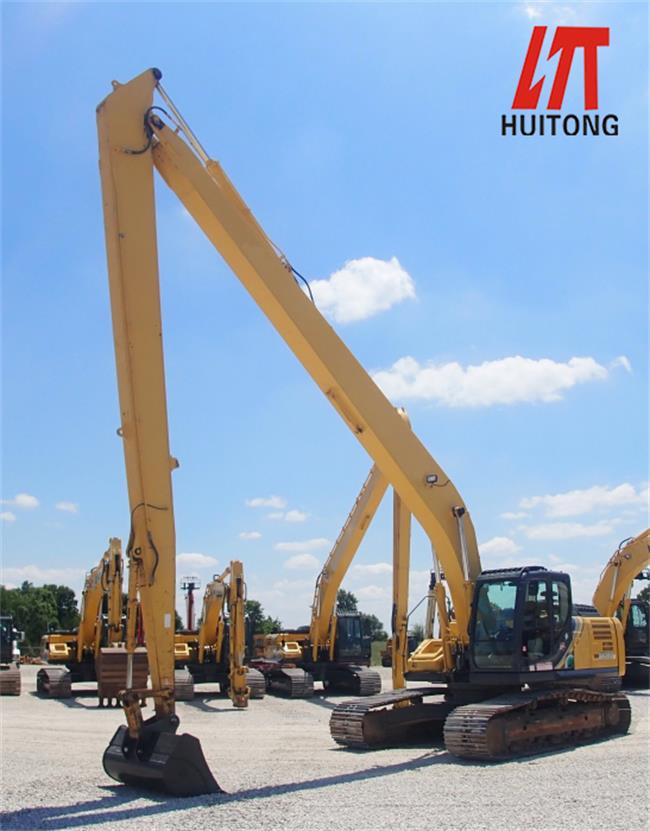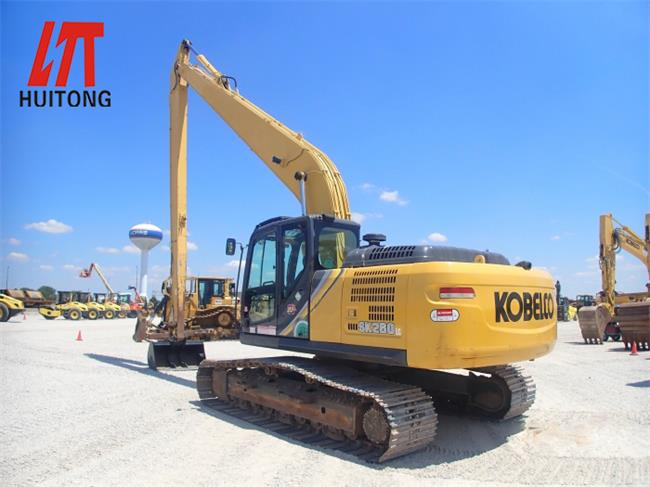 HuiTong
HuiTong  2025-06-13
2025-06-13
What is a second-hand machine? , It means that someone else has used it, and then resells it. It is called a second-hand machine because it passes through the hands of two people. Brand new machines are not the same. Generally, they arrive on the market after several inspections. The quality is guaranteed, there is a warranty period, and there is a corresponding after-sales service system. Even if there is a problem, you will get timely repair services. Since second-hand machines have been used by others, many problems cannot be guaranteed. For example, maintenance problems cannot be solved in time and are incomplete, and you have to pay for it yourself. Therefore, we generally need to evaluate when we buy second-hand machines. So the question is, take construction machinery as an example, how to evaluate the second-hand excavator long arm?

The reason why we need to evaluate the excavator long arm is because we all want to buy something that is good value for money. Next, Huitong Heavy Industry will talk about the valuation method of the second-hand excavator long arm from both the basic price and the adjusted price.

Generally, the basic price is determined according to the use time of the excavator long arm. The longer it is used, the lower the basic price. Our country generally designs this kind of construction machinery to have a service life of ten years. If it exceeds this time limit, even if the machinery is sold, the sales price will be very low. So apart from this special case, how can other basic prices be estimated? According to the currently commonly used equipment depreciation standards, the depreciation of machinery is calculated at 20% a year, and the basic price is reduced by 5% every year. After the fifth year, it is often due to the aging of some parts, normal wear and tear and some unpredictable reasons. The depreciation rate of the equipment is stabilized at about 5% or lower, so that the price is stable with a decrease.
The adjusted price of the excavator long arm is based on the evaluation of various aspects after seeing the actual object, such as the degree of wear and tear of the engine, slewing system, and hydraulic system.